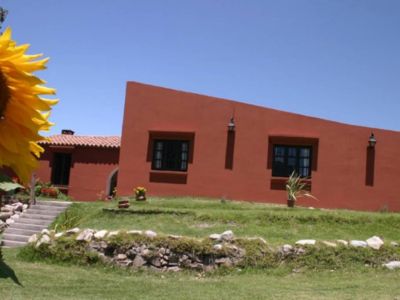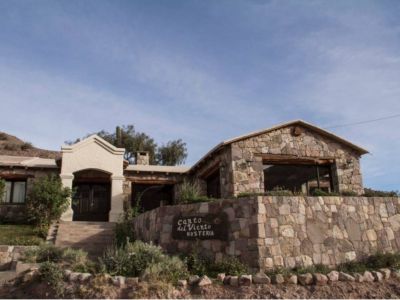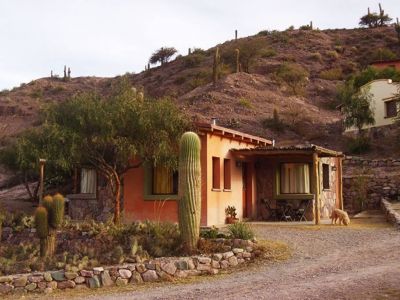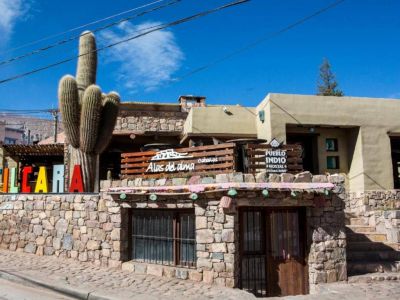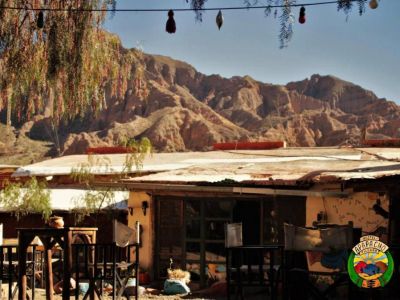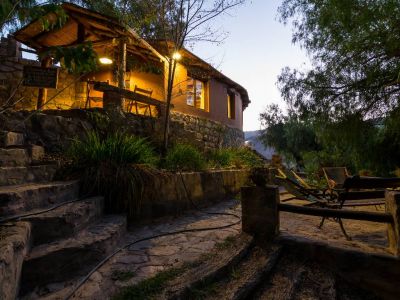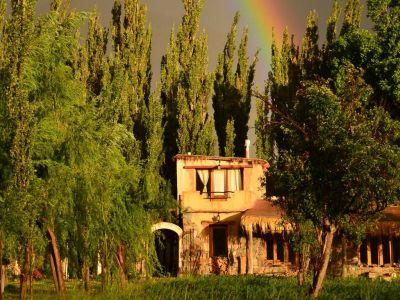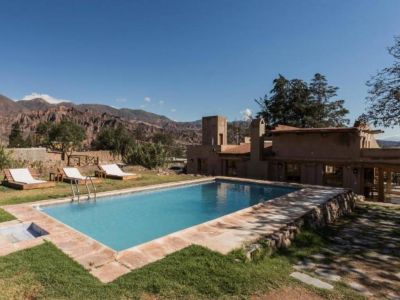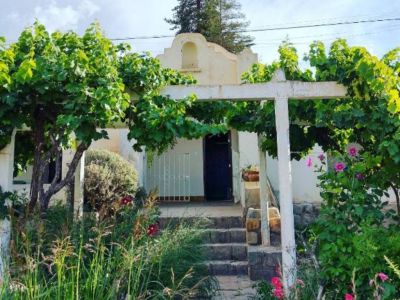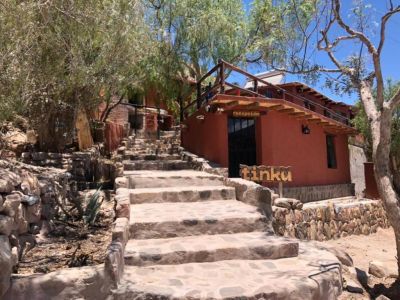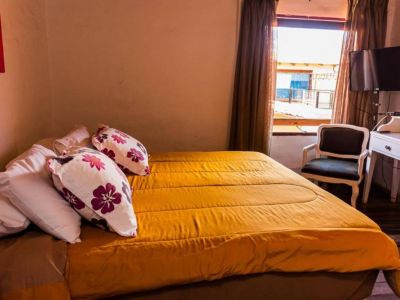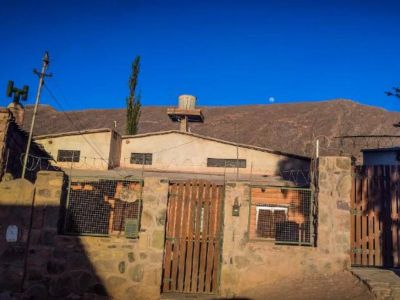Carnival of Tilcara
Tilcara Carnival
Location: Calles de Tilcara, Lavalle y Alverro
Date: From 01/27/2018 - Thru 02/03/2018
The disinterment and burial of carnival is an ancient rite celebrated by the peoples of Northern Argentina. Beliefs, myths and dancing are part of this singular popular tradition.
In all the Province of Jujuy, but especially in the towns sheltered by the Humahuaca Ravine, the celebrations have acquired Bolivian connotations. One of them is the presence of the devil which, according to popular beliefs, comes down the hills and mingles perfectly with the settlers so that there is hardly any way of recognizing him. And, above all, who is and who is not full of the devil. The colorful costumes with mirrors of all shapes and sizes attached to them, along with the masks and the typical horns hide the identity of the participants in the celebrations. It does not matter who is who anymore, or who is behind the mask. It is as if the devil took hold of the bodies and made them get together in devilish dancing. The participants recover their identities only once they get out of their costumes and feel inhibited again. Burial of Carnival In northern Argentina, carnival is celebrated until late February. Thus, carnival ends in March, on the first Sunday following Ash Wednesday. But this is not just another farewell. On the contrary, it is a complete ritual during which the locals, as well as some tourists, parade around the center of Tilcara and slowly leave behind the various points of town where participants are invited to taste the offerings, while they head for the mountains immersed in festivities and excesses to bury the carnival. But what does this “carnival burial” event consist in? As the pilgrimage goes on, a small dummy representing the devil is worshipped by all the attendants. Coca leaves, chicha , alcohol, cigarettes, fruit and goat cheese are specially prepared for this rite in which they are offered as a tribute to the devil. The ritual consists in burying carnival until de following year amidst typical music, dancing and mourning. This takes place in the evening before the look of a few locals as the place chosen for the devil to rest in peace is a secret known only by a few. Only some are privileged enough to choose the burial place and dig the grave near some cardon or cactus. Men disguised as devils and invoking mother soil (Pachamama ) sing, yell, dance, make offerings and finally cry because they have to go back to routine, boredom and inhibitions in order to be considered “normal”. The following year, in January, the chosen ones will be in charge of disintering the devilish dummy for celebrations to take hold of Tilcara, its mountains, its streets and its people once again. Like every year, like it has always been.
Pablo Etchevers
Pablo Etchevers





















